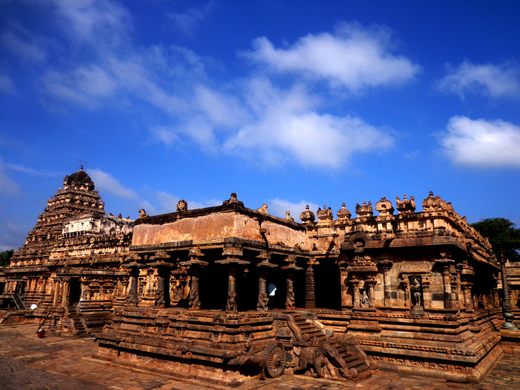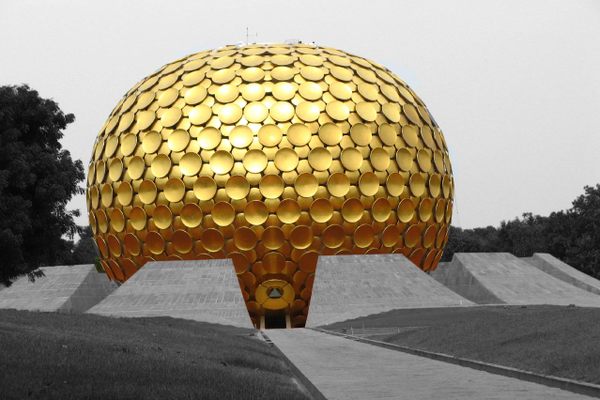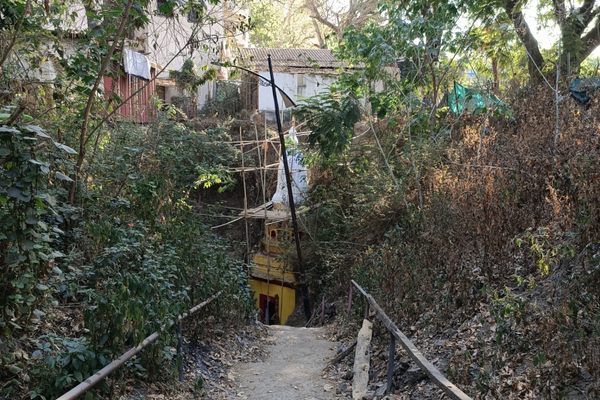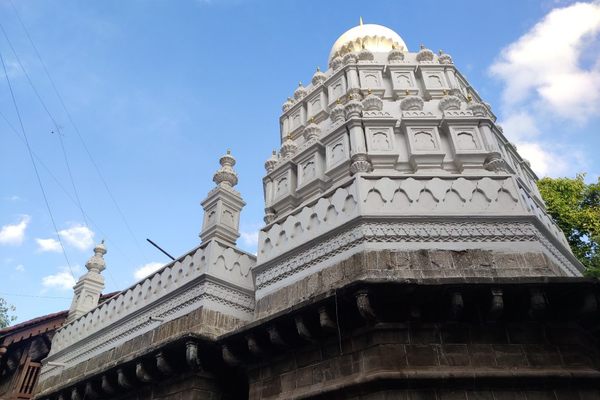Airavatesvara Temple’s Optical Illusion
This temple contains what might be the world's oldest optical illusion.
The Airavatesvara Temple is one of the three Great Living Chola Temples, 11th- and 12th-century Hindu temples constructed during the 1,500-year Chola dynasty in modern-day southern India’s state of Tamil Nadu. Located in Darasuram, the Airavatesvara Temple was built by King Rajaraja Chola II.
After more than 850 years, it remains a key surviving example of Chola architecture and craftsmanship, but what makes the temple all the more exceptional is that within this craftsmanship is one of the world’s oldest optical illusions. Among the intricate carvings dated between 1146 and 1170 is an elephant or a bull. Or is it an elephant and a bull?
The bas-relief depicts the two separate animal bodies, with their heads overlapping and merged to become one shared aspect of the two figures. This results in the visual trickery. When you solely focus on the left-hand animal, you will see a complete bull, including horns; however, when you focus solely on the right-hand animal, you will see a complete elephant, including a trunk. While this is one of the most well-preserved examples of its age, similar images can be seen at the Vijaya Vittala Temple in Hampi as well as Rameshwaram Temple on Rameshwaram Island.
This Hindu motif is thought by some to depict the half-male, half-female (Ardhanarishvara) form of Lord Shiva, while others similarly consider it to represent unity among the deities of Hindu faith.
Plan Your Trip
The Atlas Obscura Podcast is Back!


















Follow us on Twitter to get the latest on the world's hidden wonders.
Like us on Facebook to get the latest on the world's hidden wonders.
Follow us on Twitter Like us on Facebook